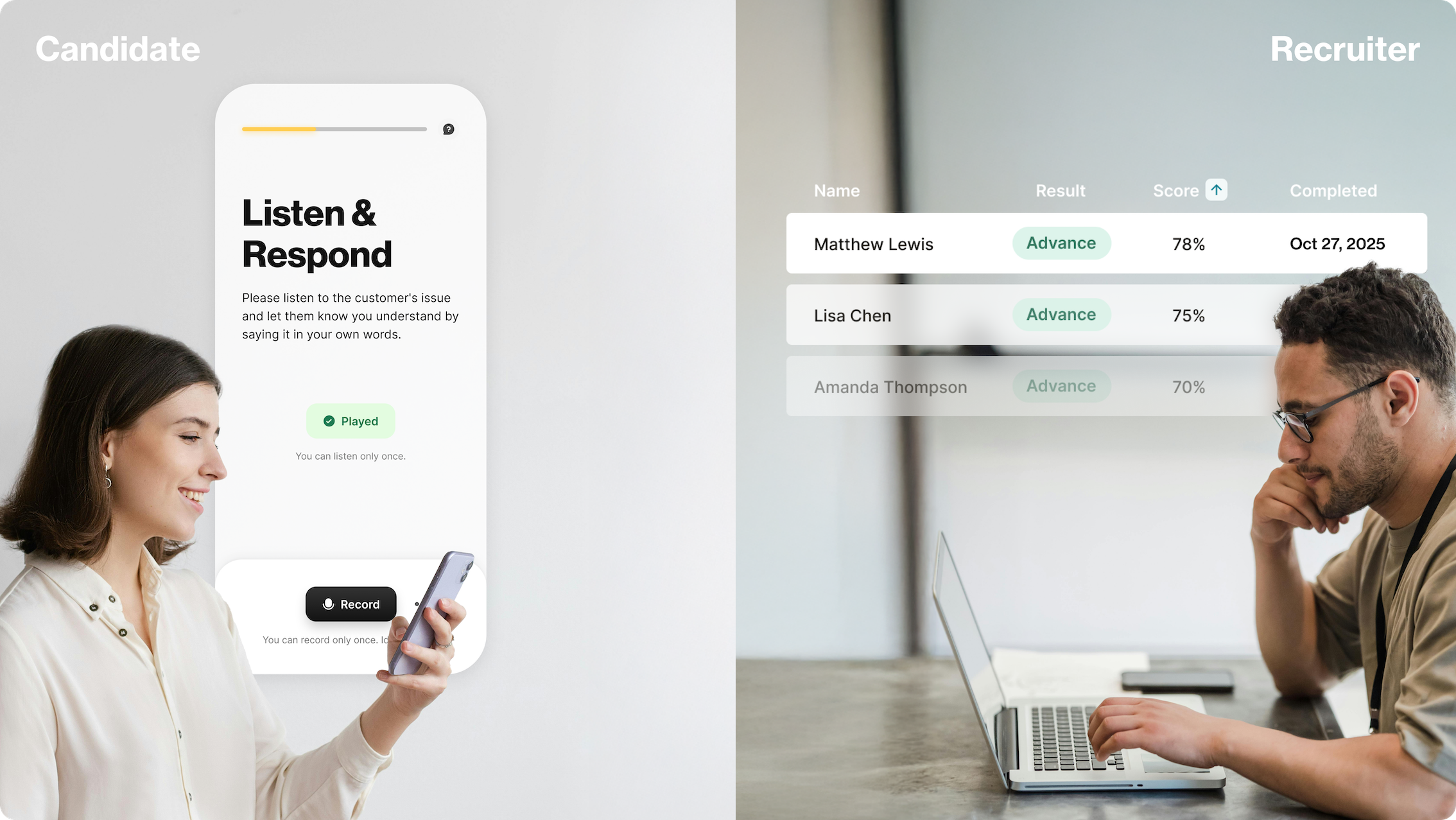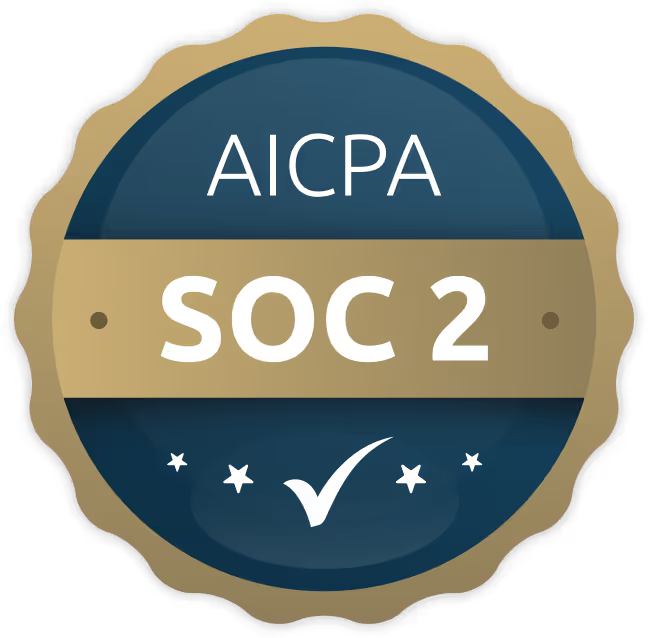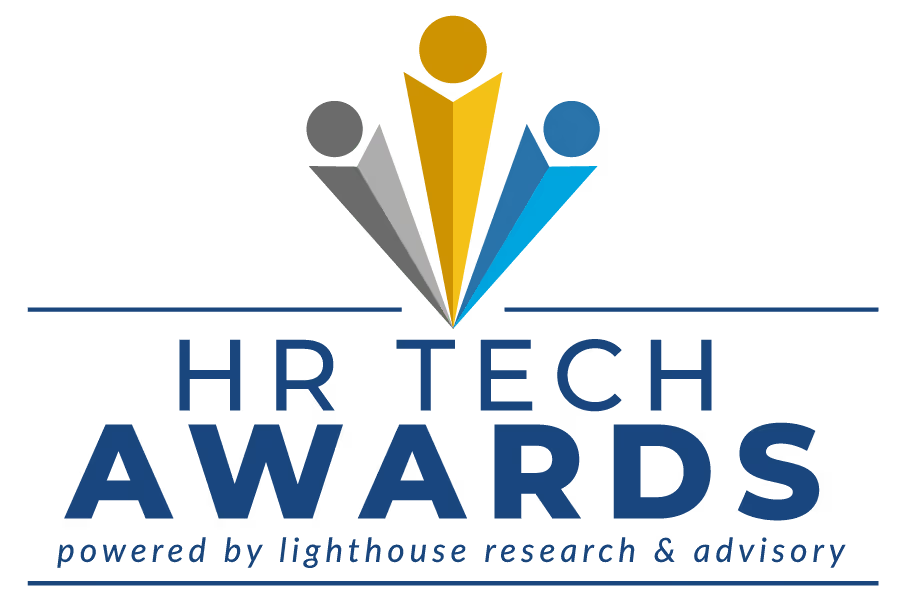
Is it possible for recruiters to get a return on hiring? The short answer is yes; however, returns aren’t always about profit. When it comes to hiring, returns can come in the form of time saved, efficiencies gained, increased employee performance, and, of course, additional revenue.
While historically seen as a cost center, modern recruiting is now widely viewed as a strategic function that directly impacts organizational success. When executed well, recruiting is not merely a cost—it's a high-ROI investment in long-term organizational health and performance.
Defining ROI for Recruiters
Making a hiring decision that generates the company more money than it costs is easier said than done. There are so many pitfalls. For example, 40% of consumers will switch brands if their issue isn’t resolved the first time. From this perspective, hiring the right customer service person can either cost or save a company money.
Recruiters lose money on hiring when:
- They spend too much time with manual hiring processes
- They purchase technology that leads to worse hiring outcomes than before
- Candidates drop out of the hiring process
- A new hire doesn’t have the right skill profile, so they need extra training
- A new hire doesn’t have the right skill profile, and they make mistakes or lose a customer
- New hires quit or are fired
The cost of replacing a new hire varies depending on the industry, position, and years on the job. In the customer service industry, where attrition is as high as 45%, the cost of a new frontline hire is as much as 40% of their salary. Imagine these outcomes at scale.
On the other hand, when a really good hire is made, it’s a gift that keeps giving to the organization. McKinsey explains, “Employees represent both an organization’s largest investment and its deepest source of value.” They add separately, “(...) companies that put talent at the center of their business strategy realize higher total shareholder returns than their competitors.” The data is telling a clear story. Investing in talent acquisition drives value for the organization.
Similar to quality of hire (QoH), which measures a new employee’s value to an organization, a good hiring decision can be a reflection of an employee's performance, their contributions, and even how culturally aligned they are with the organization. ROI can be represented in different ways.
3 Types of Hiring ROI
Great recruiters lead to great employees. Hard stop.
These are the HR and operations leaders of today who are innovating to move beyond inefficient hiring mechanisms. They’re the ones already seeing returns from their organization's hiring efforts.
Let's all learn from three mini case studies showcasing different types of hiring ROI examples from great recruiters:
1 ROI from Less Attrition
High attrition in contact centers can lead to skyrocketing hiring costs, alongside constant staffing disruptions and inconsistent service quality. Veronique LeCasse is the Senior RTO Manager at Bell, a global telecommunications company. By reducing the complexity and improving the quality of the hiring process with streamlined technology, she reduced attrition. “We achieved a low 90-day 10% attrition rate…Skilled hires are proficient much faster and stay longer,” says Veronique.
2 ROI from Time Saved
Time is money - the adage immediately comes to mind. And recruiters care a lot about this how long it takes to hire someone. It was one of the top three most important metrics this year. Similarly, long hiring processes are one of the top three reasons candidates drop out of the hiring process. Shannon Torres, the Senior Director TA at SP Data Digital, automated a portion of her team’s interview process and “cut interviews from 30 minutes to 10, saving 160 hours a month!” When ATI switched from manual resume screening and a six-step hiring process to a conversational hiring assessment, their hiring time went from 54 to just 23 days, saving 50% of their hiring time!
3 ROI from Employee Performance
A scholar at Walden University recently proved that teams can identify top talent during the hiring process and that doing so will better support organizational goals. To identify top talent, employers are turning to skills, and it's working. For example, we analysed 5722 hires from customer-facing roles over a 17-month period and found that sales candidates who had the lowest skill scores when hired were the worst salespeople, and those with the highest skill scores were top salespeople. That means recruiters can determine a top salesperson during the pre-hire assessment phase just by using the right tools to screen for the right skills! Sarah Wise, the Operations Director at Fundraising Direct, replaced her team's interview process with a skills assessment and increased the quality of hires. She says, “Our agents are selling 10% more now that we hire for soft skills.”
From the examples seen here, it's apparent that value can come in many forms when hiring a new candidate.
Measuring Hiring Returns
Return on Hiring (RoH) is a metric that speaks for itself; however, it is anything but uniform. RoH is typically made up of other related metrics because of how dynamic hiring can be. For example, these key hiring metrics can play a role in RoH:
- Quality of hire (performance, retention)
- Cost-per-hire and time-to-hire improvements
- Employee lifetime value (ELTV) compared to recruiting spend
- Employee engagement and net promoter scores (NPS)
By clearly tracking these metrics, and connecting them to value outcomes listed in the previous section like less attrition, recruiters can show direct financial returns on their efforts. The problem is that calculations aren’t straightforward.
Consider quality of hire. To some recruiters, measuring quality new hires can come down to how fast an employee ramps up on the job. So if it took a new hire 30 days to become effective within a 90-day probationary period, recruiters can subtract the ramp-up time from the total period to get a score and compare one hire with another. Learn all about calculating different hiring metrics here.
Guaranteeing ROI from Every Hire
Avoiding a bad hire from the get-go is one surefire way recruiters can deliver the highest possible value to their organization. Using a proven skill assessment can help. For example, in one global study, it was found that for every top-skilled customer service employee hired, 27.3 bottom-skilled employees attrited.
By hiring for the right skills and avoiding hiring the wrong person, organizations ensure ROI over the long term. This ELTV graph from Greenhouse illustrates this concept well:

Hiring the right person with the right skills pays off. Matt Alder, host of The Recruiting Futures podcast, said, “With so many companies struggling to attract and retain the talent they need in a rapidly changing world of work, those employers who adopt skills-based methodologies guarantee themselves a significant competitive advantage.”
Beyond skills-based hiring techniques and assessments, recruiters have opportunities to deliver a return on investment throughout the hiring process. Consider these four areas of advice:
- Focus on meaningful strategies to reduce a new hire’s time to productivity
- Insist on the highest quality candidates and hiring standards, whatever that means to your organization
- Offer extensive learning and development opportunities for all employees, and options to advance
- Cultivate the type of company culture that makes someone want to tell their friends about, and it will extend employee tenure
See how these play out across the employee lifecycle:

Recruiters don’t have to leave hiring outcomes to chance. Using proven skills-based hiring methods and honing in on key sections of their hiring process, recruiters can guarantee they generate a return on their hiring investment.
Image Credits
Feature Image: Unsplash/Imsogabriel Stock
Image 1: Greenhouse
Image 2: Greenhouse



































.jpg)

.jpg)



























.jpg)




.png)
.png)





































.webp)





.svg)